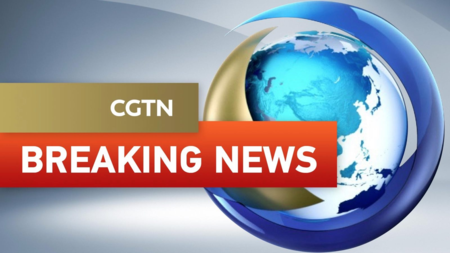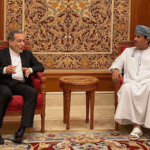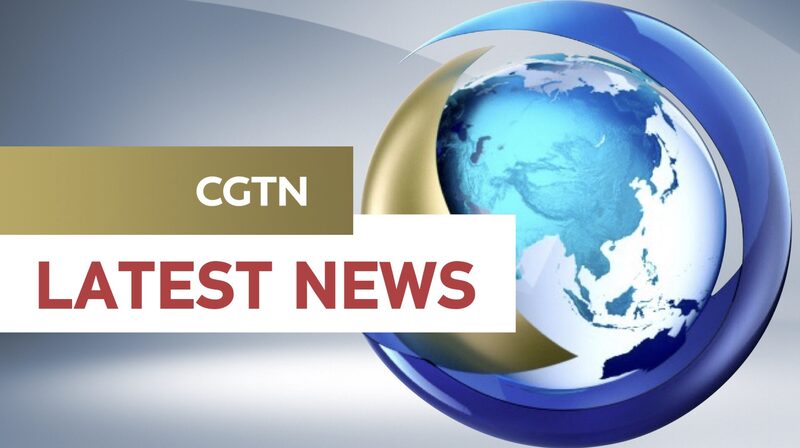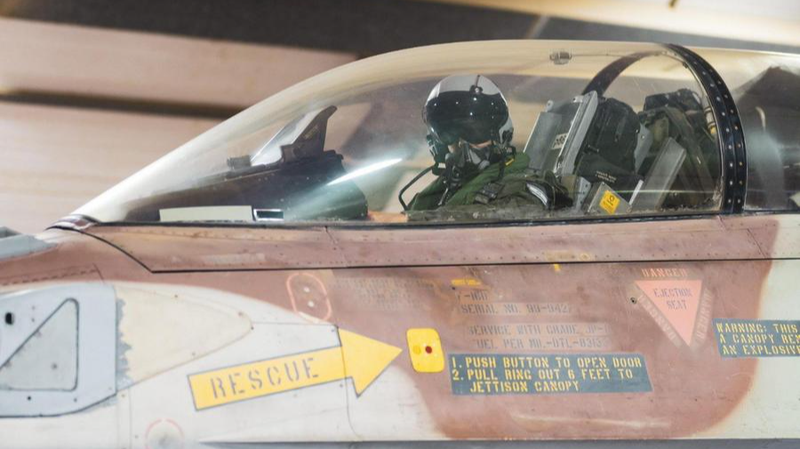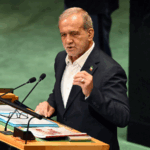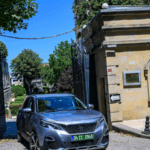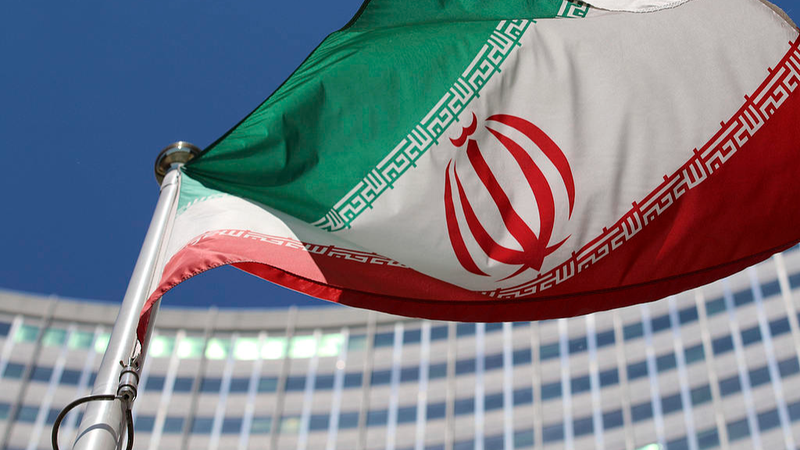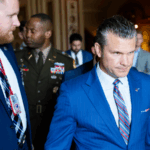High-Stakes Diplomacy in Focus 🌍⚛️
The U.S. and Iran are locked in a tense diplomatic dance as nuclear negotiations enter a critical phase. With both sides seeking to avoid military conflict, talks mediated by Oman aim to revive a frayed framework abandoned in 2018 when the U.S. exited the 2015 nuclear deal (JCPOA). Iran now holds 274.8kg of uranium enriched to 60% purity—close to weapons-grade—but insists its program is peaceful.
A Rocky Road to Compromise
U.S. President Donald Trump, in his second term, warns of "great danger" if diplomacy fails. Two rounds of indirect talks between Iranian and U.S. envoys hint at progress, with discussions shifting to capping uranium enrichment at 3.67% (mirroring JCPOA terms). But Iran refuses to dismantle its nuclear infrastructure and demands binding U.S. guarantees against sanctions flip-flops.
Trust Issues and Threats
Mutual distrust runs deep. Iran’s Supreme Leader Ali Khamenei warns retaliation if attacked, while U.S. officials remain split on demanding total dismantlement versus monitoring enrichment. External pressures—like Israel’s threat to strike Iranian facilities—add fuel to the fire. 🚨
Is a Deal Still Possible?
Analysts see a sliver of hope. 'Both sides want to avoid war,' says ex-Iranian negotiator Seyed Hossein Mousavian, citing shared goals like economic incentives and diplomatic solutions. But with hardliners on all sides and no room for error, the world watches nervously.
Reference(s):
Diplomacy on the brink: Can U.S. and Iran forge a new nuclear deal?
cgtn.com

